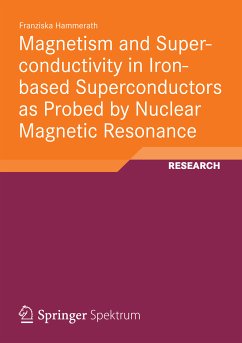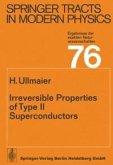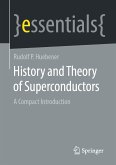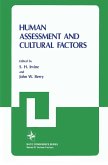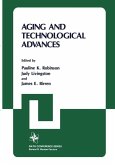Nuclear Magnetic Resonance (NMR) has been a fundamental player in the studies of superconducting materials for many decades. This local probe technique allows for the study of the static electronic properties as well as of the low energy excitations of the electrons in the normal and the superconducting state. On that account it has also been widely applied to Fe-based superconductors from the very beginning of their discovery in February 2008. This dissertation comprises some of these very first NMR results, reflecting the unconventional nature of superconductivity and its strong link to magnetism in the investigated compounds LaO1-xFxFeAs and LiFeAs.
Dieser Download kann aus rechtlichen Gründen nur mit Rechnungsadresse in A, B, BG, CY, CZ, D, DK, EW, E, FIN, F, GR, HR, H, IRL, I, LT, L, LR, M, NL, PL, P, R, S, SLO, SK ausgeliefert werden.

